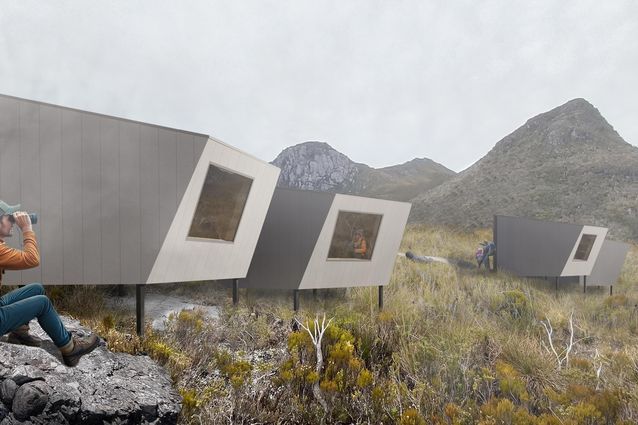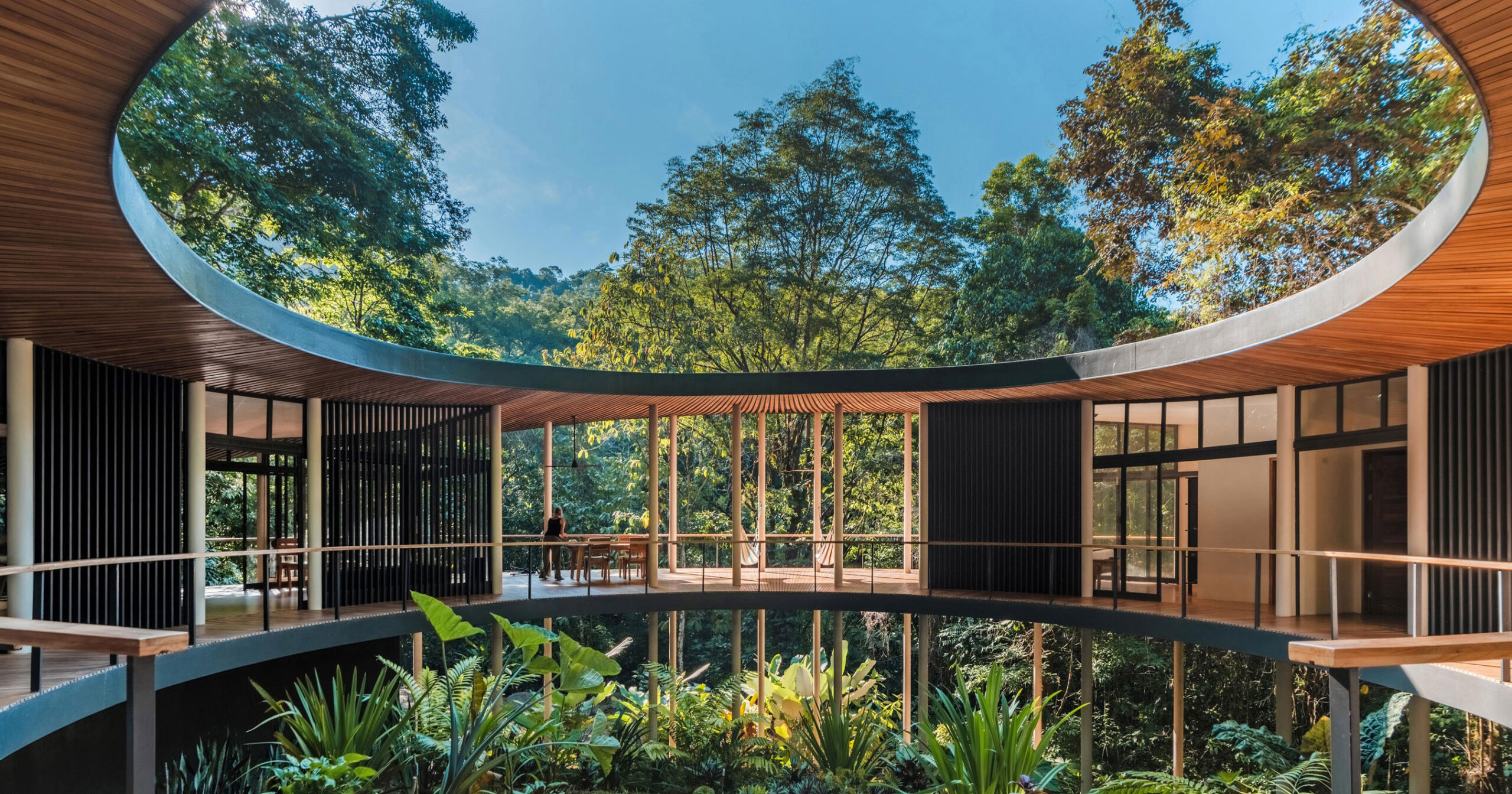[ad_1]
Designs by Skidmore, Owings & Merrill (SOM) took center stage as the City of Toronto announced a partnership between Los Angeles-based real estate investors Hackman Capital Partners (HCP) and production studio operators the MBS Group (MBS) to oversee the development and operation of a new $250 million film production facility. Announced on November 16 as part of the city’s ongoing efforts to revitalize the Port Lands district, the hub will represent one of the largest direct investments in Toronto’s film and television industry in several decades. In addition to sound stages and production offices, the 8.9-acre Basin Media Hub will also establish a public waterfront promenade.
“We are honored to be designing a new hub for Toronto’s thriving film and television district,” said Paul Danna, partner at SOM. “Designers share in the creative energy of the cinematic world and we look forward to bringing this state-of-the-art facility to life, and contributing to the ongoing revitalization of the Port Lands.”

Though details about the project are still limited, preliminary renderings released by SOM depict the eight purpose-built soundstages and production support spaces as utilitarian warehouses emblazoned with supergraphics and covered with solar panels. Two taller office blocks featuring scalloped facades will face the water, and a tree-lined walkway will ring the development along the waterfront edge of the current Ship Channel.
The announcement arrives amid ongoing city initiatives to revitalize the historic Port Lands. Built on reclaimed marshland at the mouth of the Don River, the latter half of the 20th century saw the industrial district transition from manufacturing and refining into light industrial uses, including film production, with much of the land remaining underused or vacant.
In 2017, the city announced the Port Lands Planning Framework, a planning document governing the redevelopment of the area as a live-work region. In addition, Waterfront Toronto, the agency tasked with revitalizing the city’s waterfront, received $1.25 billion CAD (about $985 million USD) in funding the same year.
Subsequent initiatives include the naturalization of the channelized mouth of the Don River for flood mitigation and the development of several new residential districts. None, however, have attracted as much attention as Sidewalk Labs’ ill-fated partnership with Waterfront Toronto over the development of the 4.9-acre Quayside neighborhood.

A subsidiary of Alphabet Inc. and sister company to Google, Sidewalk Labs won the 2017 request for proposal (RFP) with a controversial pitch for a data-driven “Smart City” before ultimately their departure from the project in May of 2020. The Quayside site, a stretch of docklands roughly a mile west of the proposed Basin Media Hub, remains undeveloped, though Waterfront Toronto expects to announce a replacement partnership by the end of 2021.
The creation of the Basin Media Hub was initially outlined as part of the Port Lands Planning Framework, and the partnership selection process was managed by CreateTO, the City of Toronto’s real estate management agency.
The Hub is intended to support the growth of Toronto’s $2.2 billion CAD (about $1.73 billion USD) film and television industry, with the expectation of adding 750 jobs on-site. In addition, HCP-MBS has committed $2 million CAD (about $1.57 million USD) in funds and endowments to support a local training program and Canadian content creation.

Despite SOM’s global profile, the Basin Media Hub would only mark the firm’s third project in Toronto. The first, the Canada Trust Tower, was completed in 1990 in design collaboration with Bregman + Hamann Architects, now B+H Architects. In 2015, SOM finished the new Terminal 1 at Pearson International Airport with Moshe Safdie and Adamson Associates Architects.
Construction on the Basin Media Hub is planned to begin by 2023.
[ad_2]
Source link











